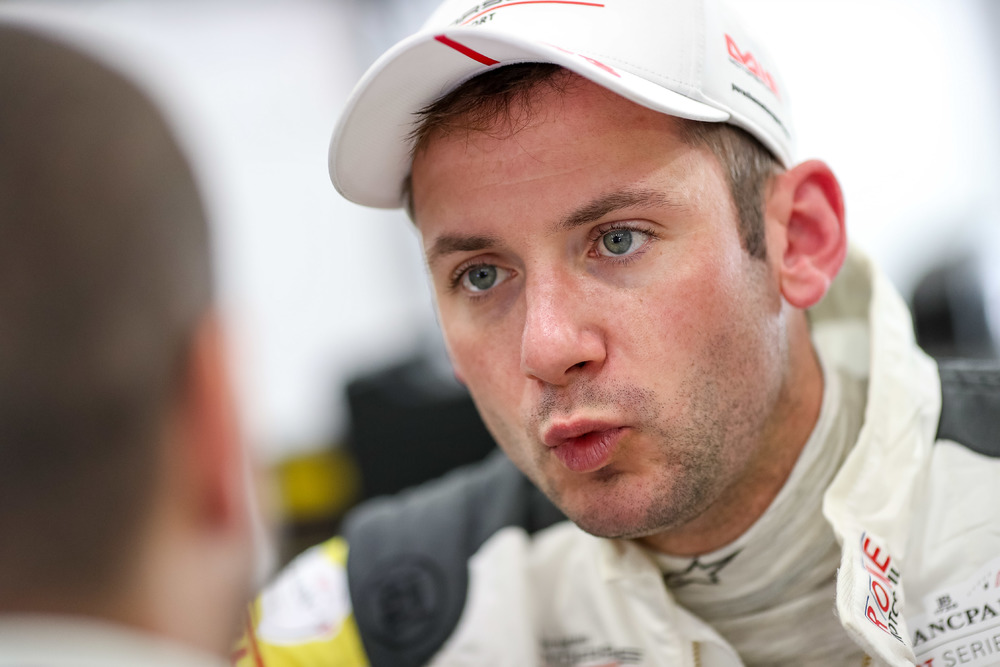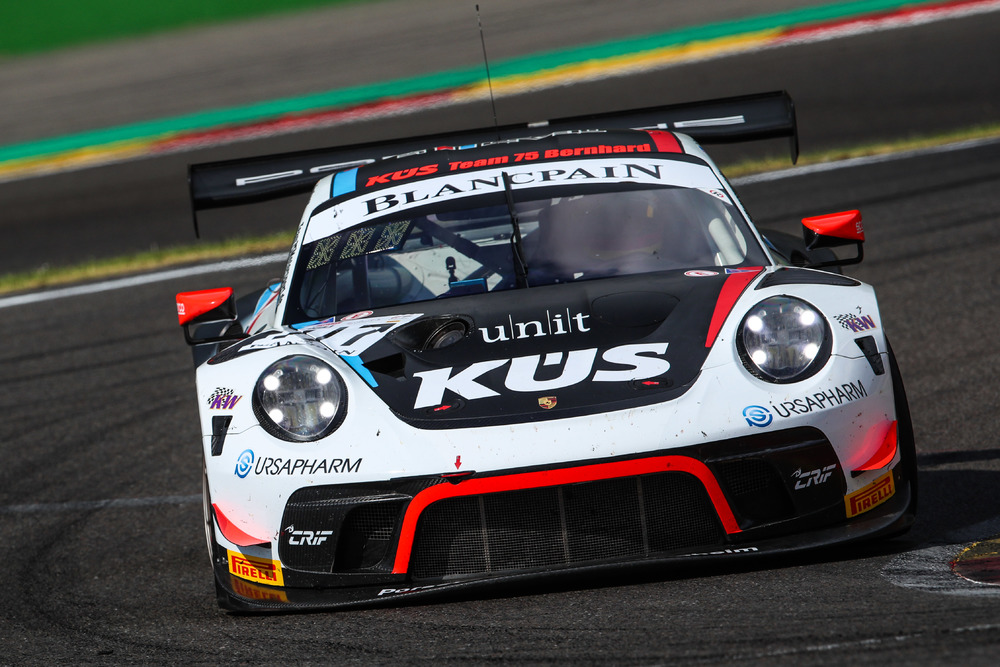The new Porsche Taycan 4S that is announced today slots in beneath the Taycan Turbo S and the Taycan Turbo in the series of all-electric sports cars from the Stuttgart manufacturer.
Revealed to the world in September, the four door, four-wheel drive Taycan is the first battery electric Porsche sports car and arrives in UK showrooms next January.
The Taycan 4S generates up to 390 kW (530 PS) overboost power output. Equipped with the optional Performance Battery Plus, it delivers up to 420 kW (571 PS). In both variants, the Taycan 4S accelerates from a standing start to 62 mph in 4.0 seconds. The top speed is 155 mph where permitted. The WLTP range is up to 252 miles with the standard Performance Battery (gross capacity 79.2 kWh) and up to 287 miles with the Performance Battery Plus (gross capacity 93.4 kWh) – the highest value of the current Taycan range. The maximum charging capacity (peak) is 225 kW (Performance Battery) or 270 kW (Performance Battery Plus).
Innovative drive motors and dynamic chassis performance
Breathtaking acceleration, power delivery typical of a sports car and outstanding continuously available performance – the new 4S model shares these strengths with its sister Taycan derivatives. With two permanently excited synchronous electric motors on the front and rear axles, delivering all-wheel drive, and a two-speed transmission on the rear axle, the overall drive architecture of the Taycan 4S also offers the same main technical highlights.
The permanently excited synchronous machine on the rear axle in the Taycan 4S has an active length of 130 mm, and is therefore exactly 80 mm shorter than the corresponding drive component on the Taycan Turbo S and Taycan Turbo. The pulse-controlled inverter used on the front axle in the Taycan 4S operates with up to 300 amps, and the inverter on the rear axle with up to 600 amps.
With an aerodynamic drag cd value from 0.22, the low air resistance of the body design makes a significant contribution to low energy consumption and thus long range.
Pure exterior design with Porsche DNA
With its clean and pure design, the Taycan signals the beginning of a new era. Yet simultaneously it retains the unmistakable Porsche design DNA. From the front, it looks particularly wide and flat, with highly contoured wheel arches either side. The sporting roof line carves a distinctive silhouette as it slopes down to the rear. The highly sculpted body side sections are also characteristic. The sleek cabin, the drawn-in rear C-pillar and the pronounced shoulders of the rear wheel arches create the sporting stance on the road typical of Porsche. Throughout, there are also intriguing innovative styling elements such as the glass-effect Porsche logo, which has been integrated into the light bar at the rear.
Distinguishing features of the Taycan 4S compared with the Turbo and Turbo S include the aerodynamically optimised 19-inch Taycan S Aero wheels and red-painted brake calipers. The new design front apron, side sills and rear diffuser in black ensure further visual differentiation. LED headlights including Porsche Dynamic Light System Plus (PDLS Plus) are equipped as standard.
Unique interior design with a wide display
The cockpit also signals the start of a new era with its clear structure and completely new architecture. The free-standing, curved instrument cluster forms the highest point on the dashboard. This places a clear focus on the driver’s point of view. A central 10.9-inch infotainment display and an optional passenger display are combined to form an integrated glass band in a black-panel look.
As standard, the Taycan 4S comes with a partial leather interior, and front comfort seats with eight-way electrical adjustment. The launch of the Taycan sees Porsche offer an entirely leather-free interior for the first time. Interiors made from innovative recycled materials underscore the sustainable concept of the electric sports car.
Centrally networked chassis systems
Porsche uses a centrally networked control system for the Taycan chassis. The integrated Porsche 4D Chassis Control analyses and synchronises all chassis systems in real time. As standard, the Taycan 4S features adaptive air suspension with three-chamber technology including electronic damper control PASM (Porsche Active Suspension Management).
The Taycan 4S has six-piston fixed-caliper brakes on the front axle with internally vented cast iron brake discs. The brake disc diameter is 360 mm on the front axle and 358 mm on the rear axle. Four-piston brakes are used on the rear axle.
The Porsche Taycan 4 S is priced from £83,367.00 RRP and is available to order from today at Porsche Centres in the UK and Ireland. First customer deliveries are anticipated from January 2020.
Prices exclude any OLEV Plug-in Charging Grant. Eligibility of the Taycan for the Plug-in Car Grant is subject to confirmation.
Additionally included will be 3 years’ access to IONITY and the Porsche Charging Service which will allow roaming access to a network of different charge point operators. Electrical consumption will then be billed via a consolidated invoice to the owner’s My Porsche account.
Customers will also be invited to explore the potential of their new car, and further develop their own skills behind the wheel, by participating in a bespoke driving experience around the unique tracks at the Porsche Experience Centre, Silverstone.

























































































































































































































































































